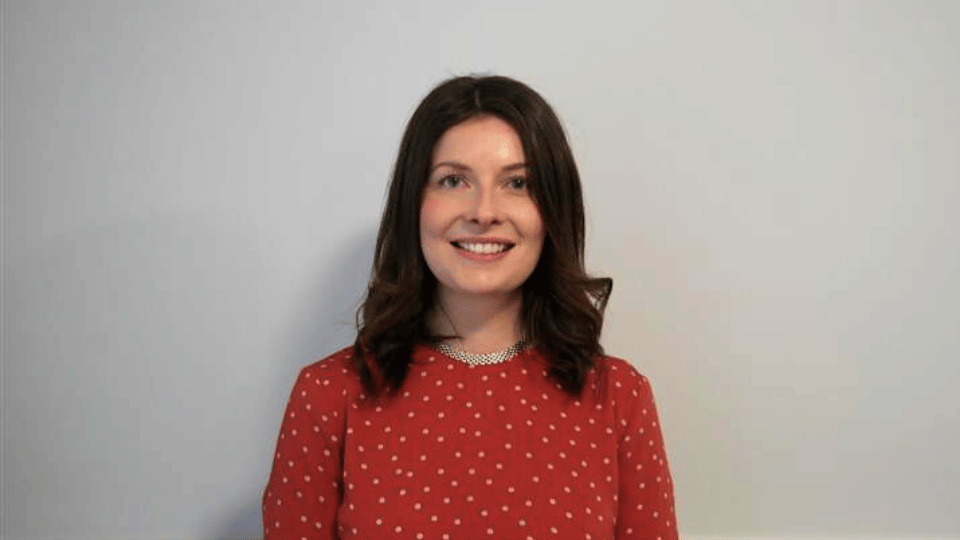How CBT can help your anxiety
CBT is a highly effective therapy technique for treating anxiety. Find out how it works here.
CBT is a highly effective therapy technique for treating anxiety. Find out how it works here.


Cognitive behavioural therapy (CBT) is an evidence-based therapy technique, used to treat a range of mental health conditions, including anxiety. It's a highly structured and collaborative approach that focuses on solving problems in the ‘here and now’.
Here, we will explore how CBT works in the treatment of anxiety, what you can expect from a CBT treatment plan, and other therapy techniques that can be used to complement CBT when it comes to tackling anxiety.
Anxiety is a broad mental health condition that encompasses a range of different disorders, including generalised anxiety disorder (GAD), obsessive compulsive disorder (OCD), panic disorder, social anxiety disorder and phobias. While the symptoms of each of these anxiety disorders can differ, CBT is the leading approach to treatment.
CBT is based on the idea that mental health conditions, such as anxiety, arise and are exacerbated by a series of deeply ingrained, negative thought processes. These dysfunctional thought patterns have the potential to cause problems in lots of different areas of your life, affecting you:
CBT acknowledges that these areas (your emotions, behaviours and physical feelings) are all interconnected and can influence each other. A CBT therapist helps you to identify how your negative thoughts and beliefs are having a knock-on effect on how you feel and behave. For example, your negative thoughts about a certain situation can affect how you feel emotionally, cause you to experience physical symptoms, and influence how you behave in that situation and similar situations in the future. Without support, this can become a negative cycle of unhelpful thoughts, feelings and behaviours.
The aim of CBT is to help you tackle your problems and negative beliefs by breaking them down into manageable parts. Each problem is then addressed in turn and you’ll be supported to challenge any destructive thought patterns that you hold about them. This will help you to:
In simple terms, CBT can help you change how you approach and think about a situation, and thus, how you respond to it. If you can identify the root cause of your anxiety, CBT can help you to flip the negative thinking you have around it and develop a new, more positive approach.
CBT also aims to give you skills for life. You’ll learn ways to re-frame and challenge your thinking in other situations, so that you’re able to apply the things you learned during your sessions to tackle any future problems or anxieties.
Your treatment plan will be formulated based on your individual needs and the nature of your unique condition. Receiving an anxiety diagnosis can help to inform this.
Depending on the severity of your anxiety, CBT for anxiety can take place as part of one of several treatment programmes:
CBT for anxiety can also take place in a number of different formats, including on a one-to-one basis, as part of a group or with your family or loved one.
Another key element of your CBT treatment plan for anxiety includes homework assignments, which take place in the form of behavioural experiments. Behavioural experiments form part of your therapy and under strict support and guidance, can help you to engage in an activity you’re anxious about between therapy sessions
For example, you may be worried about taking your child to a play centre or playground because you think they’ll injure themselves – this is known as ‘catastrophising’, where you assume the worst is always going to happen. A behavioural experiment in this context would encourage you to make a play date with a friend, which may be done in stages until you’re comfortable with the main activity. This will help you to put yourself out of your comfort zone and face the situation head-on. Then, when your child ends up having a good time and doesn’t get injured, this will prove to you that there wasn’t actually anything to worry about in the first place.
Ultimately, the outcome of this behavioural homework is:
Another key part of using CBT to treat anxiety is teaching you relaxation techniques. These techniques can help you to reduce anxiety, and regain control in situations that makes you feel on-edge. Some of the techniques that you may learn as part of CBT for anxiety include:
The beauty of these techniques is that you can use them whenever and wherever you’re experiencing anxiety, helping you to become calm.
As well as CBT, treatment for anxiety may include a range of additional therapy types. These may consist of:
We understand that anxiety can be very difficult to cope with and can cause problems in all areas of your life. However, it’s important to understand that evidence-based treatment is available and we can support you get back on track. CBT will help you to cope with your anxiety and manage your general mental health more effectively moving forwards, improving your quality of life.
